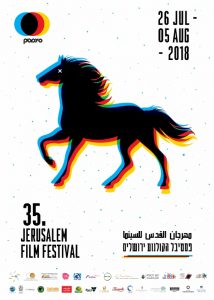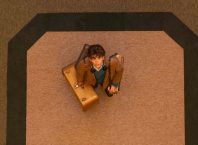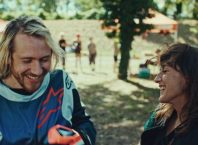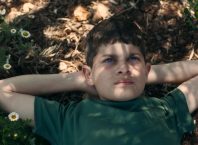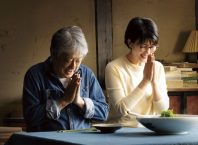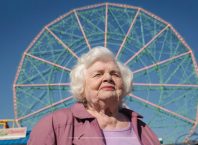The Jerusalem Cinematheque – Israel Film Archive invited a cohort of Israeli filmmakers – Avi Nesher (The Troupe, Turn Left at the End of the World), Ran Tal (Children of the Sun, The Garden of Eden), Moran Ifergan (Wall), and the animators Corinne Kitzis and Dalia Castel – to dive into the depths of the archive and create new cinematic moments. They emerged with micro shorts – 20 to 40 second sequences created from archive materials that will be screened at the Jerusalem Film Festival 2018. The archive contains Israeli audio-visual and cinematic materials from 1896 to the present. The digitization project preserves this rich heritage, by transferring it all to digital formats with the aim of creating an online archive available to all. The Jerusalem Film Festival will take place from July 26 – August 4, 2018 at the Jerusalem Cinematheque. Here’s a look into the archive from four different perspectives:
Avi Nesher juxtaposes art and faith in Houses of Worship, editing shots of people praying in synagogues and audiences in theatres. The short closes with a scene from Uri Zohar’s 1964 film Hole in the Moon, in which he bends to kiss the ground of the Holy Land. The documentary segments used in the film are from newsreels, and the feature scenes are taking from iconic as well as lesser known films, such as Burning Sands (1960).
Ran Tal chose to focus on the work of the Jewish German photographer, cameraman and film director Helmar Lerski (born Israel Schmuklerski), active in the 1930s and 40s. Lerski was a central figure in documenting the land of Israel in the pre-State years. The film Lerski With Color shows a brief selection from the film Hebrew Melody (1935), brought to new life with contemporary color and sound.
Moran Ifergan explored home movies and newsreels from the years preceding 1948, the first years of the State of Israel, and selected images from the Monson and Himmsley-Farkash collections. Fred Monson was a Jewish American industrialist and philanthropist who visited Israel, filming cultural events and central figures in Israeli society of the 1950s. Dr. Hannah Himmsley-Farkash was a doctor of bacteriology who studied at the Hebrew University Jerusalem in the 1940s, filming her family, the landscapes and people of Israel on her 8mm camera, as well as major events such as the opening of the Weizmann Institute in Rehovot. Shown side by side in Ifergan’s Starting Point, the images reflect the different realities existing in parallel.
Corinne Kitzis and Dalia Castel selected a moment from the Moledet newsreels of the 1920s. These were the first newsreels to systematically document the daily events of the region and were shown in theatres before feature films. In The Yarkon Swimmers a family swims in the Yarkon river in Tel Aviv of the 1920s, interspersed with animation created by Kitzis and Castel.

